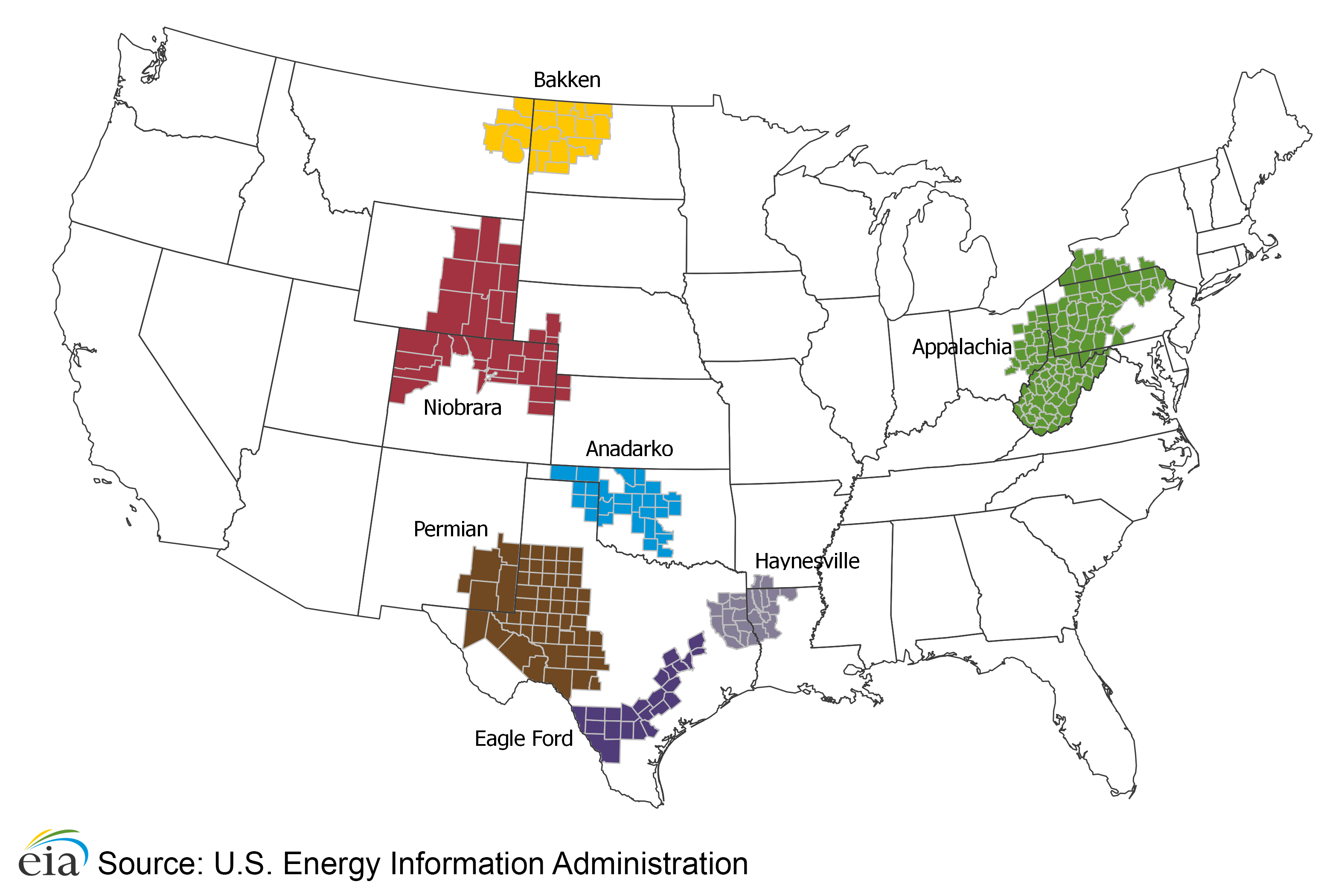From the New Ydork Post:
Money.net, an online platform for financial data and news, says it has grown its ranks of subscribers to more than a quarter the size of industry behemoth Bloomberg’s.HT: TalkingBizNews
The company, which charges as little as $1,500 a year for a subscription, now has more than 83,000 registered users, according to CEO Morgan Downey, who hasn’t previously disclosed the figures.
Meanwhile, subscriber numbers for Bloomberg, which charges as much as $24,000 a year, fell about 1 percent last year to 324,485, according to a March report from Burton-Taylor International.
“Our goal is to leapfrog Bloomberg,” Downey, who was a Bloomberg exec until 2014, told The Post in an interview.
The revelation comes as Money.net releases an updated platform to users that integrates Dataminr, a tool that integrates real-time data from social platforms like Twitter, and Symphony, a Wall Street-owned chat application that has challenged Bloomberg’s integrated chat feature.
The company, which also has former Bloomberg exec Norm Pearlstein on its board, is also folding in Scout Finance, a mobile financial platform it acquired last month, and which the company plans on rebranding as Money.net soon, Downey said.
Downey hasn’t been shy about attacking Bloomberg for its technology, even if his platform lets users mimic the terminal’s orange text on a black background.
“It’s your grandfather’s trading tool,” Downey said.
The financial data giant, which is run by Michael Bloomberg, saw two straight years of terminal sales losses last year, the Barton-Taylor report said....MORE
Previously:
Oct. 24, 2016
Money.net Hires Former Bloomberg Honcho to Take On Bloomberg Terminals With Machine-Generated News Bulletins and Stories
July 18, 2017
"Can Anyone Bury Bloomberg?"
...Bloomberg provides one-stop shopping for data, analytics, news, and trading. Bruce Falbaum, who invests in high-yield bonds and leveraged loans as a senior portfolio manager and principal at $1.6 billion Cohanzick Management in Pleasantville, New York, has used Bloomberg for 20 years. He’s not looking to make a change now.Possibly also of interest:
“For the things it does, I don’t find anything that really compares — though, honestly, I haven’t looked,” Falbaum says. Market makers post high-yield bond prices and send traditional communications to customers like him over Bloomberg’s messaging system. “I see the entire market going on in front of me on Bloomberg. I’m not aware of any other place where I can do that.” Cohanzick has six Bloomberg terminals and would love to trim the expense. “That’s real money for a firm like ours,” Falbaum says. But a replacement would have to include the same capabilities he and his colleagues enjoy on Bloomberg.
And just as important, the other players in his market would have to adopt the new service as well, so he could continue to communicate with them. “We have relationships with about 100 broker-dealers,” Falbaum says. “I can use a scraping function to see their quotes that are contained in messages, and then I can contact them to potentially do a trade. That’s all on Bloomberg.” It would be very difficult for a competitor to gain a critical mass of users, he says....
August 2014
A Deep Dive Into Goldman's Chat Platform (GS)
August 2014
"Can the Bloomberg Terminal be “Toppled”?"
...And now Mr. Turck (*"Partner at FirstMark Capital. Previously, Managing Director at Bloomberg Ventures and before that, co-founder of TripleHop Technologies, acquired by Oracle....")






